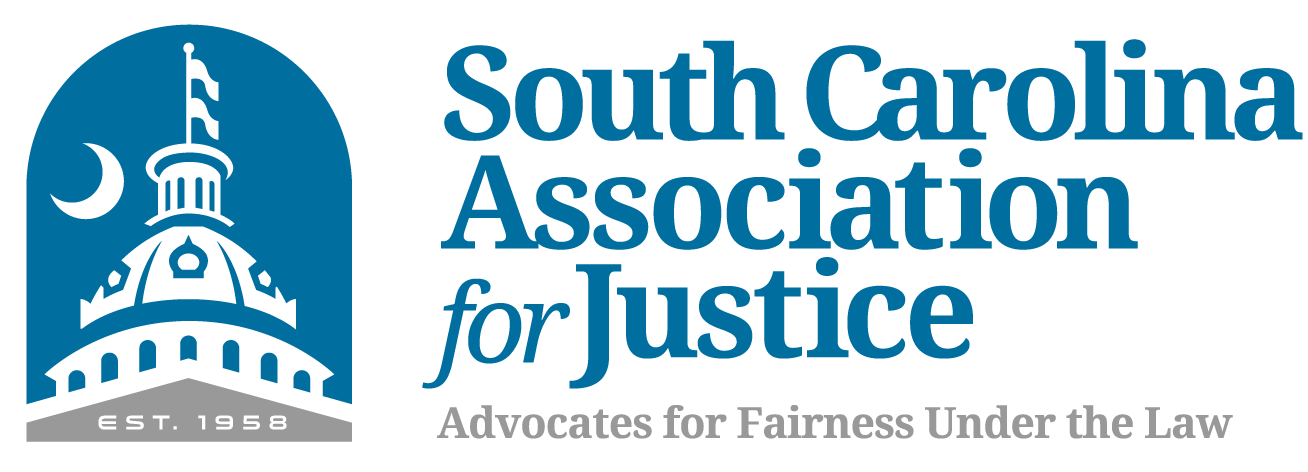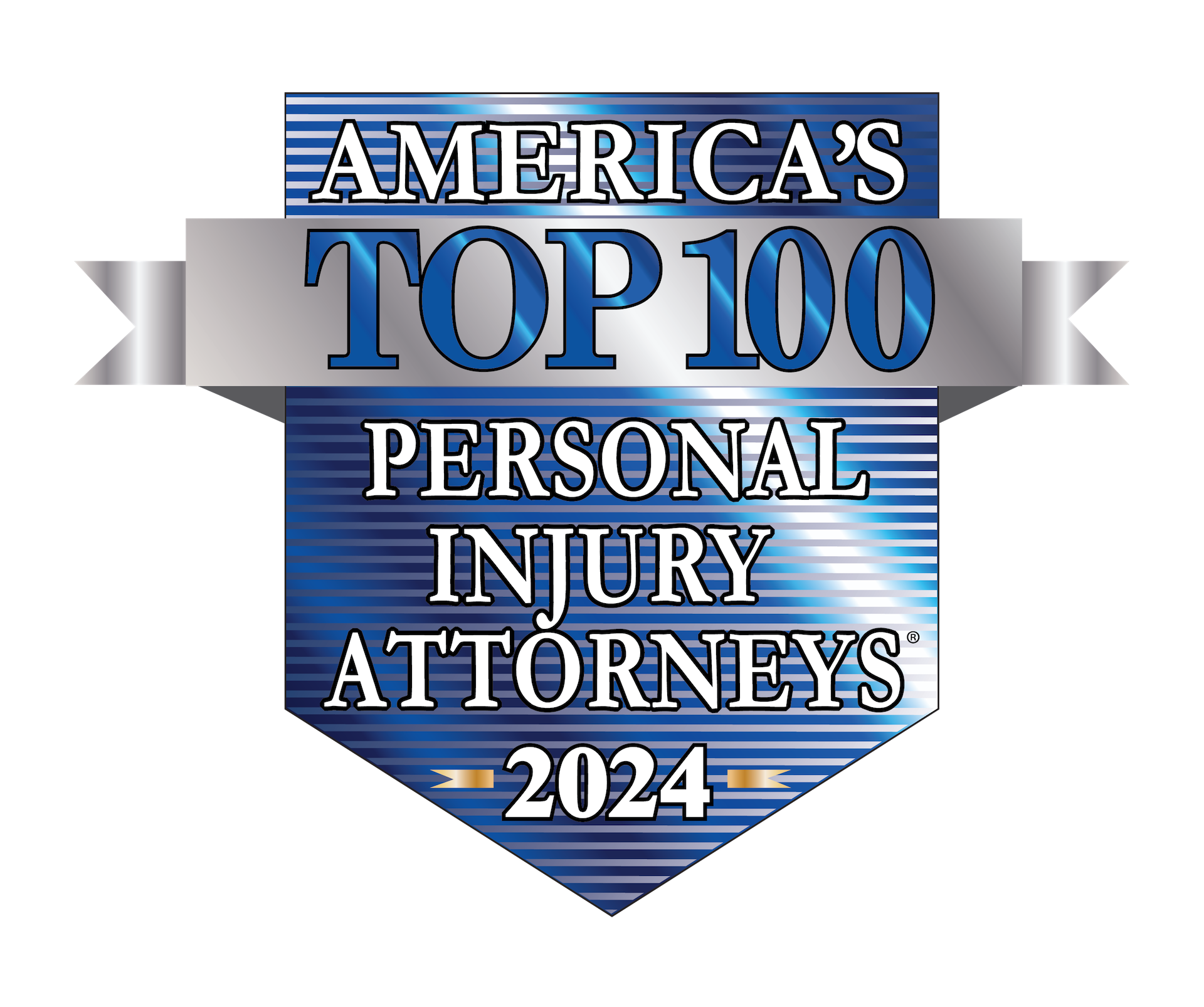Most workplace dangers are obvious. One that is not quit as apparent is damaging noise levels. “Some of the most prevalent workplace hazards aren’t seen–they’re heard.” (EHSToday.com)
According to the Centers for Disease Control and Prevention (CDC), the most commonly reported workplace-related injury is hearing loss. 22 million Americans are being exposed to harmful noise levels at their place of work per The National Institute for Occupational Safety and Health (NIOSH). (CDC.gov)
What are the causes of occupational hearing loss (OHL)?
- Loud noise – “The NIOSH Recommended Exposure Limit for occupational noise exposure is 85 decibels….Exposures at or above this level are considered hazardous.” (CDC.gov) A good way to know that you may in danger of OHL is if someone has to raise his/her voice to talk with you from an arm’s length.
- Ototoxic Chemicals – “Ototoxic chemicals can cause OHL, make the ear more susceptible to the damaging effects of hazardous noise, or both. For example, a person taking certain ototoxic pharmaceuticals may lose hearing, become more susceptible to noise, or both.” (CDC.gov)
Top 10 jobs that can cause hearing loss:
- Textile machine setters, operators, and tenders
> Average decibel level: 89.9 dBA (0.1% lower than the OSHA limit)
Employees bleach, dye, cut, knit, or wind textiles, using loud equipment.
- Ushers, lobby attendants, and ticket takers
> Average decibel level: 90.0 dBA (right at the OSHA limit)
Employees work in movie theaters, concert and performing art venues, and spectator sporting events, all of which can be very loud.
- Control and valve installers and repairers
> Average decibel level: 90.3 dBA (0.3% higher than the OSHA limit)
Employees work with “mechanical regulating and controlling devices, such as hydraulic doors, electric meters, gas regulators, thermostats, safety and flow valves, and other mechanical governors. Hydraulic systems can often produce loud noises, from the mechanisms themselves and from doors loudly slamming shut.”
- Miscellaneous agricultural workers
> Average decibel level: 90.9 dBA (1.0% higher than the OSHA limit)
Employees (including equipment operators, crop, nursery and greenhouse laborers, animal workers) use noisy equipment like tractors, combines, chainsaws, and grain dryers
- Forming machine setters, operators, and tenders, metal and plastic
> Average decibel level: 91.0 dBA (1.1% higher than the OSHA limit)
Employees work with machines that extrude, draw, forge, and roll metals and plastics, and are often employed in large industrial settings, like iron and steel mills, machine shops, and motor vehicle part manufacturing plants. These places often have loud machinery running.
- Tailors, dressmakers, and sewers
> Average decibel level: 91.1 dBA (1.2% higher than the OSHA limit)
Employees make, alter, and repair garments. Large industrial sewing machines produce noise around 90 dBA.
- Butchers and other meat, poultry, and fish processing workers
> Average decibel level: 91.1 dBA (1.2% higher than the OSHA limit)
Employees work with noisy machinery and equipment all day.
- Woodworking machine setters, operators, and tenders
> Average decibel level: 92.5 dBA (2.8% higher than the OSHA limit)
Employees use saws, drill presses, lathes, shapers, routers, sanders, planers, and wood nailing machines (which can all be very loud) to cut, shape, and craft wood.
- Farmers, ranchers, and other agricultural managers
> Average decibel level: 92.5 dBA (2.8% higher than the OSHA limit)
Employees often use equipment that is very loud such as lawnmowers, tractors, and chainsaws.
- Emergency medical technicians and paramedics
> Average decibel level: 98.4 dBA (9.3% higher than the OSHA limit)
Employees are within earshot of sirens, horns, diesel motors, radios, shouting, power tools, and alarms on a regular basis.
“No job faces more consistently noisy working conditions than emergency medical technicians and paramedics. These workers are first responders to medical emergencies, and they perform medical care and transport patients to medical facilities.”
(MSN.com)
Preventing OHL:
- Avoid loud environments as much as possible.
- Wear industrial earplugs, earmuffs, or noise-cancelling headphones/earplugs. Make sure to choose equipment that doesn’t go too far down into the ear canal, as this can cause damage to hearing as well.
- Quit smoking. Smoking can damage cells throughout your entire body, including your ear canal.
- Have your hearing checked on a regular basis.
- “Reduce or stop exposure to chemicals that may damage your hearing: wear gloves, long sleeves and eye protection; wear a respirator or other protective equipment, as appropriate; read and follow all chemical safety instructions.” (CDC.gov)
- Download the National Institute for Occupational Safety and Health (NIOSH) Sound Level Meter App . “This is a tool available to the public to download on mobile iOS devices that measures sound levels in the workplace and provides noise exposure parameters to help reduce occupational noise-induced hearing loss.” (CDC.gov)
THE LAW OFFICES OF DAVID L. HOOD – REPRESENTING INJURED WORKERS IN SOUTH CAROLINA
The Law Offices of David L. Hood have been fighting for the rights of injured workers in North Myrtle Beach, Myrtle Beach, Murrells Inlet, Georgetown, Charleston and all across South Carolina for over 25 years. We have a dedicated team that will strive to take care of your claim professionally and treat you with respect. Over the years we’ve represented hundreds of injured workers and their families, working hard to get them the medical treatment and compensation they deserve.
To learn more about what we can do for you, contact our offices to set up a free initial consultation. If you choose to work with us, we will handle your case on a contingent fee basis, which means you pay nothing unless we make a recovery for you. To get in touch with us, you can call our offices at (843) 491-6025 or email us here.
Other online resources used in writing this article:





